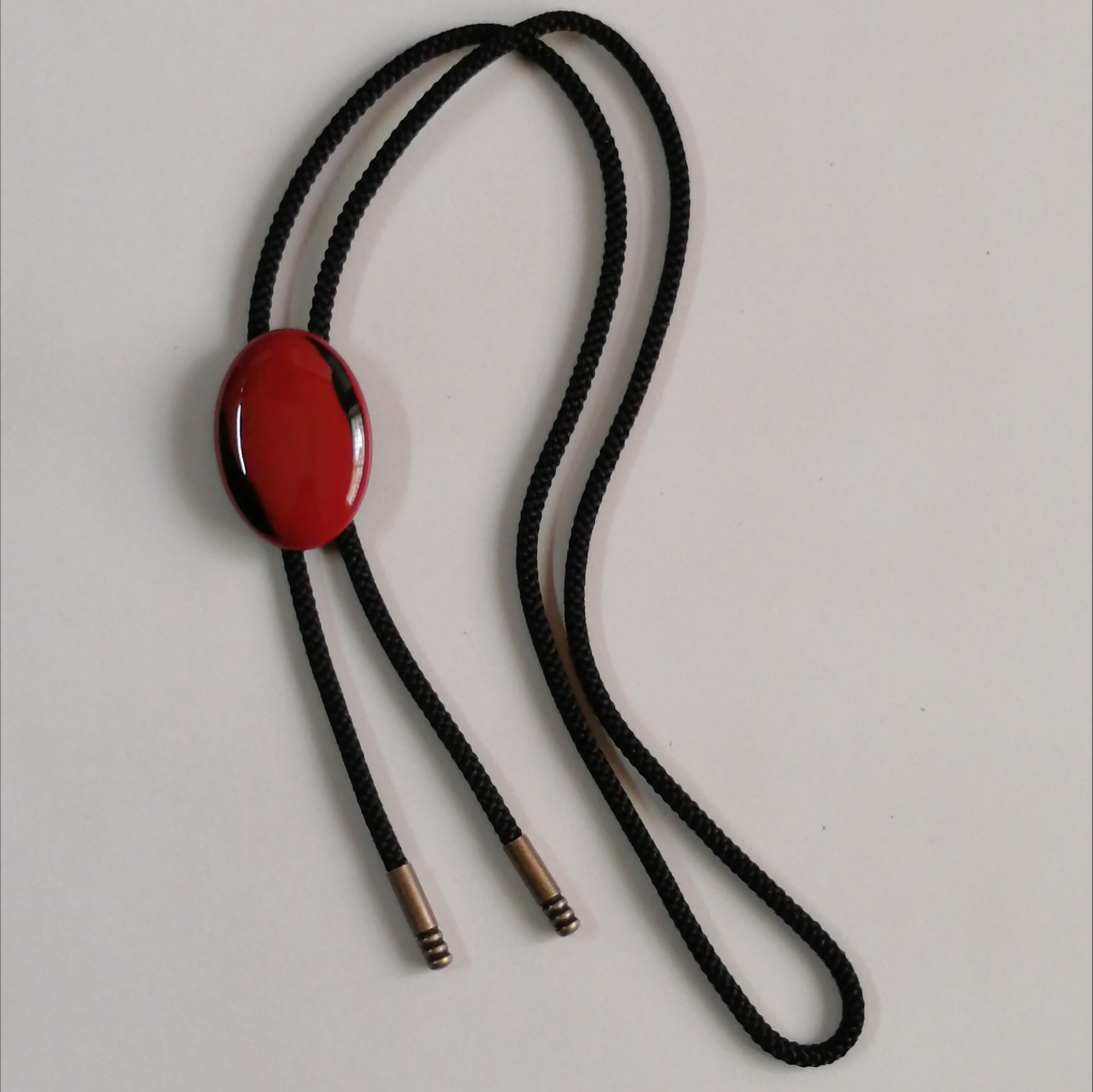紀州漆器は和歌山県海南市の黒江地区を中心に500年以上の歴史があり、全国有数の漆器産地として栄えてきました。街全体が一大工場のようになっており、街に入れば木の香りと漆の匂いが充満していたといわれています。およそ200年前に発刊された、紀伊国(現在の和歌山県)を全国に紹介する木版本「紀伊国名所図会」では、漆器産地として椀を製作している風景が描かれています。絵は工程ごとに分けられており、中央では人力ろくろで椀をくりぬいています。左上はのみでくりぬいており、右下は下地塗り、左下が仕上げ塗りをしています。これが全工程ではないですが、道を行き交う人は椀を運んでおり、職人でにぎわう当時の町内をうかがうことができます。
Kishu lacquerware has a history of more than 500 years centered in the
Kuroe district of Kainan City, Wakayama Prefecture, and has flourished
as one of the leading lacquerware production areas in Japan. It is said
that the entire city was like a big factory and the smell of wood and lacquer
filled the air when entering the city. The woodblock book "Kii Koku
Meisho Zue", which was published about 200 years ago to introduce
Kii Koku (present Wakayama Prefecture) to the rest of Japan, depicts scenes
of bowls being made in the lacquerware production area. The picture is
divided by process, and in the center, a bowl is being hollowed out with
a human-powered wheel. The upper left is being hollowed out by hand, the
lower right is undercoating, and the lower left is finishing. Although
this is not the entire process, people passing by on the street are carrying
the bowls, giving us a glimpse of a town bustling with craftsmen at the
time.

根来塗 NEGORO
黒江に伝わる塗り技法のひとつに根来塗がございます。根来塗の名称は、和歌山県岩出市にある根来寺の寺名に由来します。根来寺は15~16世紀に勇躍した僧兵の根来衆で知られていますが、創建は平安時代後期、康治2年(1143年)にさかのぼります。最盛期の根来寺は寺領72万石の宗教都市を形成し、領内では寺院で使用する漆器が生産されていました。天正13年(1585年)羽柴秀吉による紀州侵攻の際、根来寺は焼き討ちにより滅ぼされました。漆器を生産していた工房も灰燼と化し、戦火を逃れた工人たちが、当時から漆器の生産地であった現在の和歌山県海南市黒江地区に逃げ込み、この技法を伝えたと伝承されています。
根来塗は、近年では海外でも「NEGORO」とそのまま英語表記されるほど、日本美術の一つのジャンルとして認められています。その普遍的な美しさは、日本人の美意識により見出されたといえます。根来寺の僧侶が朱塗りの膳や食器を長年使い続けているうちに表面の朱漆がすり減り、下地に塗られていた黒漆が露出し、味わい深いかすれた塗り肌が出現します。このかすり模様が茶の世界でいう「景色」とも共通する見方であり、数寄者や茶人から趣あるものとして喜ばれ「用の美」として高く称賛されてきました。江戸時代には「根来もん」と呼ばれて人気を博し、故意に表面の朱を研ぎ減らして黒地を出す技法が発展していきます。次第にこの技法で作られた漆器が「根来塗」と称されるようになりました。根来塗は、かすれ模様ですが古物感はなく、落ち着いた朱色が晴れやかで存在感があります。飽きのこない、数百年にわたり愛され続けてきたデザインです。
Negoro-nuri is one of the lacquering techniques handed down in Kuroe. The
name Negoro-nuri comes from the temple name of Negoroji Temple in Iwade
City, Wakayama Prefecture. Negoroji Temple is known for the Negoro-shu,
a group of monks and soldiers who braved the elements in the 15th and 16th
centuries, and was founded in 1143 during the late Heian period (794-1185).
In 1585, when Hideyoshi Hashiba invaded Kishu, Negoroji Temple was destroyed
by fire. The workshop where lacquerware was produced was burnt to ashes,
and the craftsmen who escaped the fire fled to the Kuroe district of Kainan
City, Wakayama Prefecture, where lacquerware had been produced since that
time.
In recent years, Negoro lacquerware has been recognized as a genre of Japanese
art, so much so that it is even written in English as "NEGORO"
overseas. It can be said that the universal beauty of Negoro lacquerware
was discovered through the aesthetic sense of the Japanese people. After
many years of use, the vermilion lacquer on the surface of the plates and
utensils lacquered in vermilion by the monks of Negoroji Temple wears off,
exposing the black lacquer underneath. This hazy pattern is a common view
in the world of tea ceremony, and has been highly praised as a "beauty
of use" by tea masters and tea masters. In the Edo period (1603-1868),
the technique of deliberately sharpening off the vermilion to produce a
black ground developed and became popular, known as "Negoro-mon. Lacquerware
made with this technique gradually came to be called "Negoro-nuri".
Although Negoro-nuri has a faint pattern, it does not have an old-fashioned
look, and the calm vermilion color is bright and has a strong presence.
It is a design that has been loved for hundreds of years and will never
get old.



